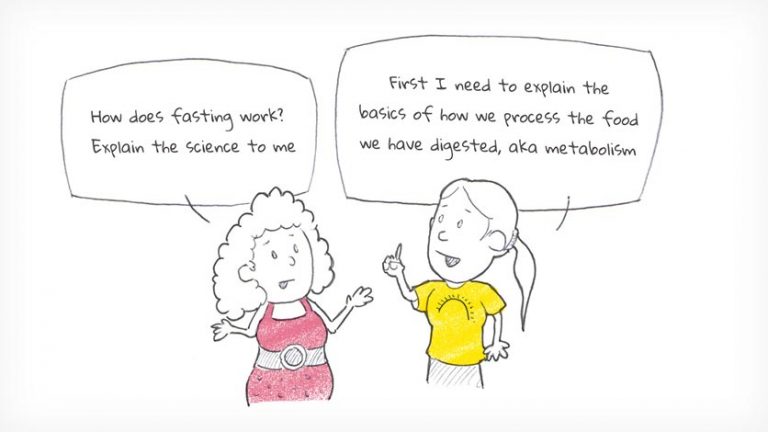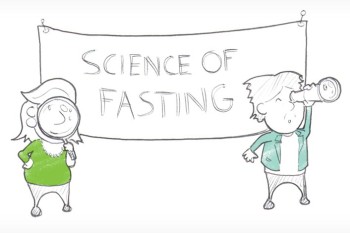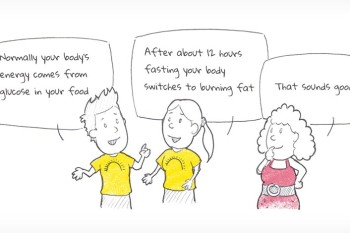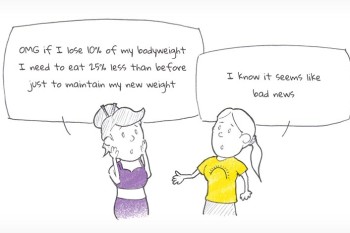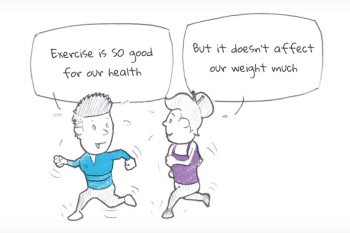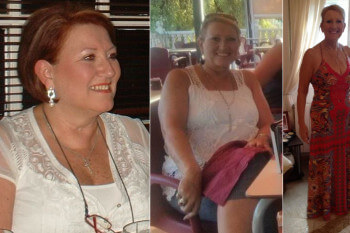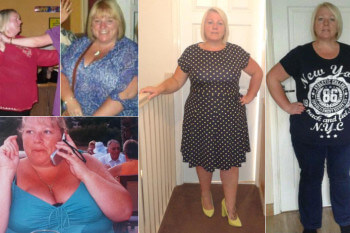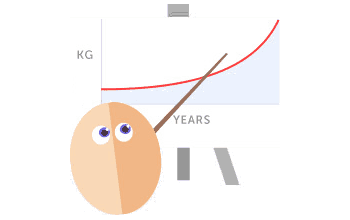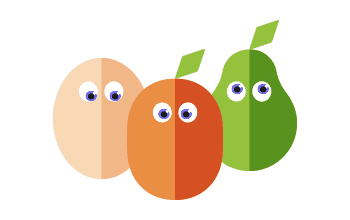To understand the science of fasting, we first need to understand how our bodies uses and stores the food we eat – aka metabolism.
You probably already know that most of our food is composed of a mixture of ‘macronutrients’: carbohydrates, proteins and fats. Some foods are higher in one type of nutrient than others. For example sugar, honey, potatoes, bread, pasta, rice are all or almost all carbohydrates; while meat, fish, poultry are mainly protein; butter and cooking oils are fats. Foods like cakes, biscuits and fried food are a mixture of carbohydrate and fat.
After we have eaten some food, the process of metabolism starts. Metabolism begins with the process of these macronutrients being broken down into their component parts:
-
Carbohydrates are converted into sugars (mainly glucose).
-
Proteins are broken into amino acids.
-
Fats become fatty acids.
The body then uses these components for energy (glucose and fatty acids) or repairing itslef (amino acids). Any surplus energy is stored for the future – mostly in our fat stores.
Let’s look at how the body deals with glucose, amino acids and fatty acids in more detail.
-
Glucose levels in your blood rise quickly after a meal and this triggers release of the hormone, insulin. Insulin’s job is to move the glucose out of your blood and into your muscles and other body tissues where it can be used for energy. Any glucose not immediately needed for energy is stored in your muscles and liver. The stored form of glucose is called glycogen. However, your liver and muscles only have space for a limited amount of glycogen, so the rest is turned into fat and stored as body fat (in the fat cells or adipose tissue).
-
Amino acids from the protein in your food are used by the body to repair your tissues and make new cells. Most adults need quite small amounts of protein for repair. The body cannot store amino acids for later use, so any excess is converted by the liver into glucose.
- Fatty acids from the fats in your food are likely not needed right away for energy (unless you have eaten no carbohydrates at all), so most are stored for use later. A small amount of fat is needed to repair your body cells along with the amino acids.
After eating, then, our bodies are busy storing away the food we have eaten, mostly by adding to our fat stores. This process usually continues for several hours after our most recent meal.
Once this process of storage is complete, our bodies are said to the enter a ‘fasting state’ when they are no longer adding to our fuel stores but instead are using that stored energy for fuel.
Now learn about fasting and burning fat

